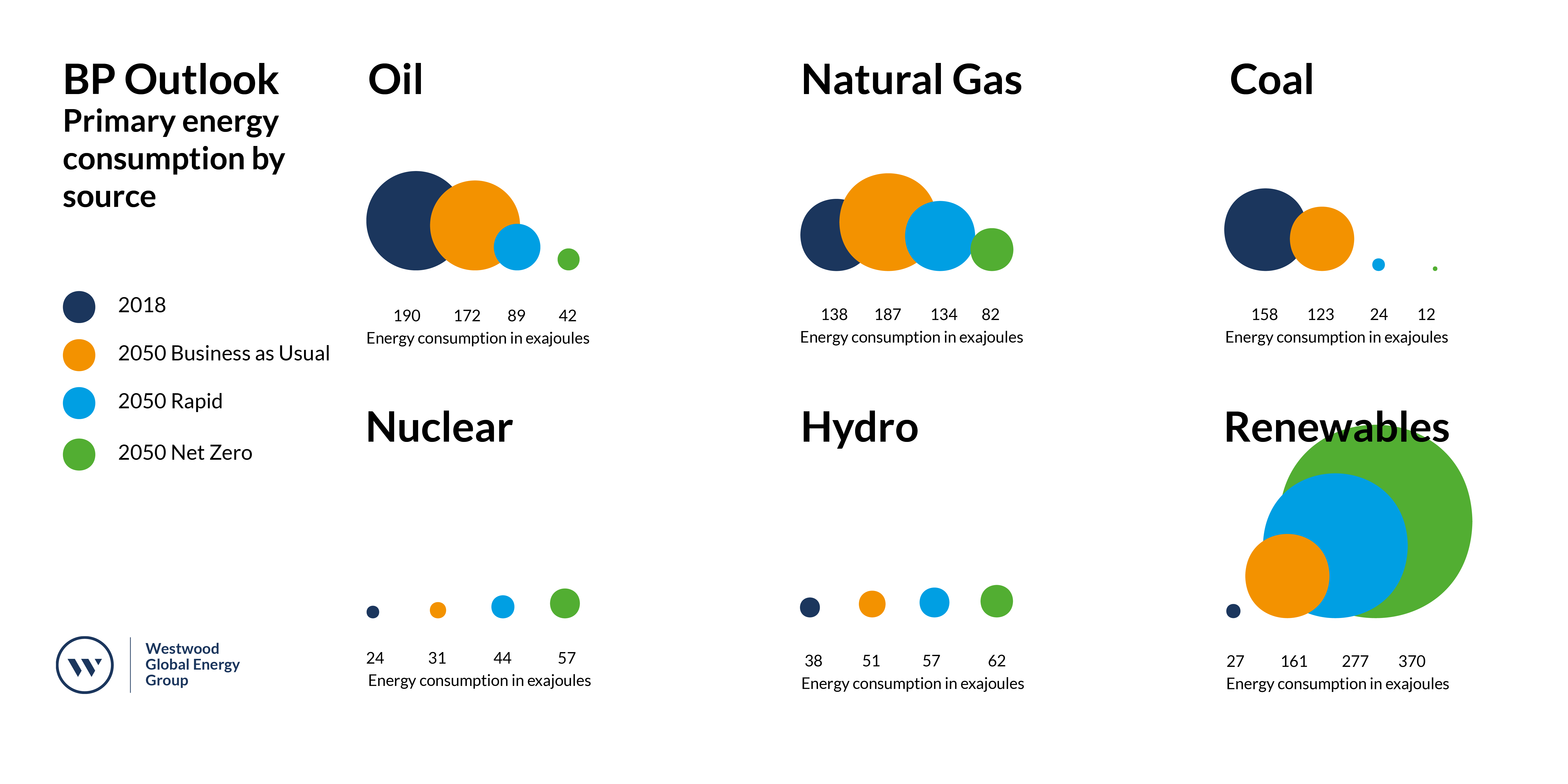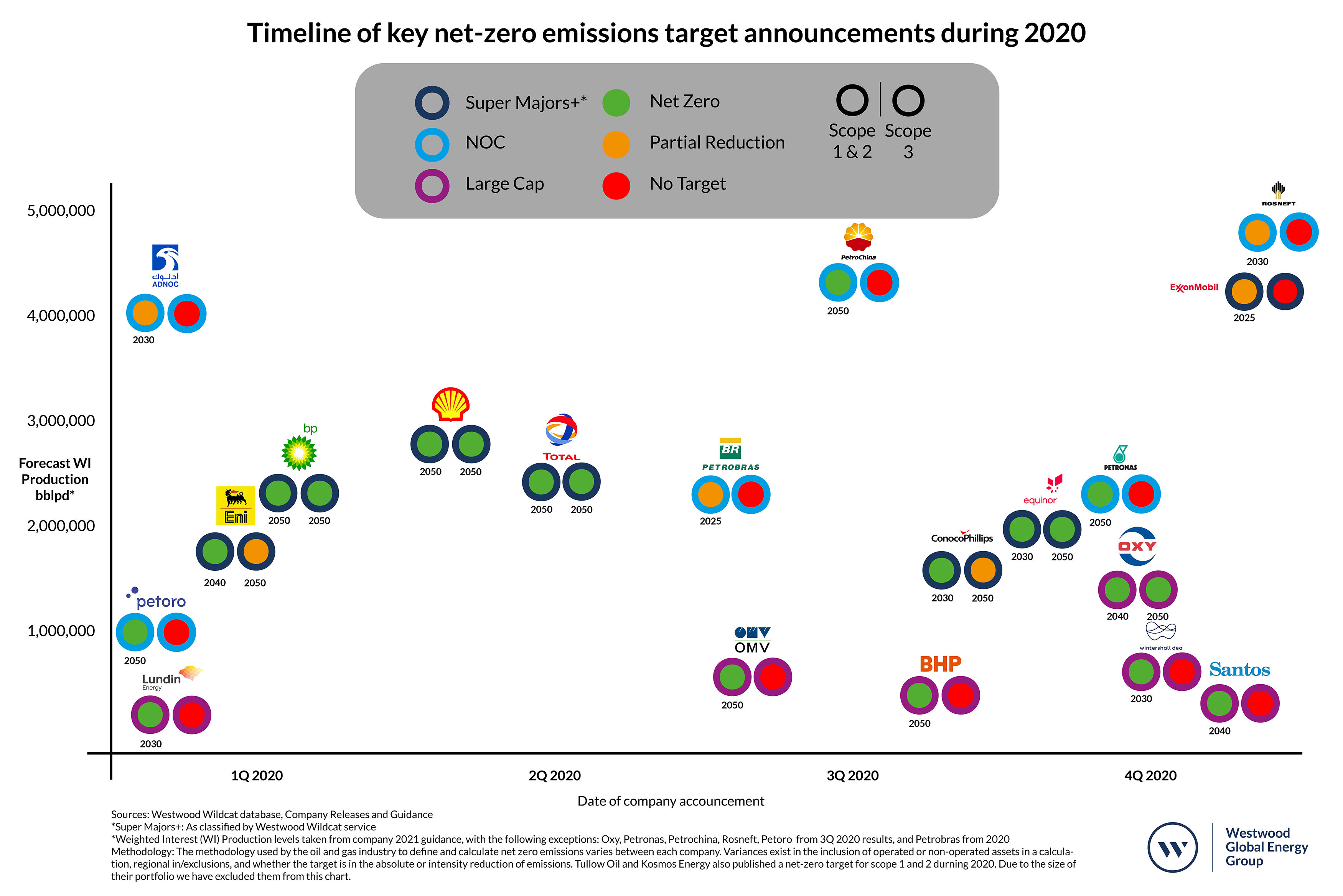Energy Transition
The Energy Transition presents a unique challenge as the structure of energy markets evolve, with energy focused businesses having to decide when, where and how to adapt their strategy. The transition also creates new growth markets and investment opportunities.
By utilising the quality, independence and depth of our data and market intelligence, and leveraging our extensive track record of guiding business transitions, we provide the right intelligence solutions for our clients without compromising our commitment to high-quality research, data and analysis.
What is the Energy Transition?
The Energy Transition represents a major structural shift in our energy system. In the past this would have included the shifts from biomass to coal and then to oil.
Today it is primarily driven by the need to manage climate change and decarbonise our fossil-based economies with sustainable sources of energy, such as wind and solar. Every sector that generates, transports or consumes energy will be impacted.
To meet the 1.5C global warming target set after the Paris Agreement and avoid the worst climate impacts, global greenhouse gas emissions will first need to drop by half by 2030, then reach net-zero around mid-century. Therefore, a transition needs to happen fast.
The pace will vary across the globe, depending on the evolution in policy, technology and investment trends. There will be no one-size fits all solution and will include a diverse set of low-carbon energy sources, carbon capture technologies and energy efficiency measures.
With renewable energy currently making up just a small part of the global energy mix, ca. 6% according to BP’s Energy Outlook, and carbon capture deployment in its infancy, the scale of change and investment required is unprecedented.
-77%
BP’s 2050 Net Zero outlook change for oil consumption
1,265%
BP’s 2050 Net Zero outlook for renewable energy consumption increase
63%
The percentage of countries that have so far made a commitment to Net Zero
2/3
The average cost (LCOE) reduction of renewable energy sources 2010-2021
Latest Insights

Offshore Energy Data Dashboard

Westwood Insight – Five offshore wind themes to watch in 2026
While the Energy Transition envisions a move away from fossil fuels, it is still generally accepted that hydrocarbons will play an integral, if declining, part of the energy mix for years to come. The infographic below looks at the BP Energy Outlook 2020 and shows how, BP at least, see the changing mix of primary energy sources based on three scenarios, with 2018 as the reference point.
Business As Usual
Rapid
Net Zero
What about the Oil and Gas industry?
Oil and gas companies will need to adjust their strategies, depending on their unique context. Some will choose to decarbonise their operations (Scope 1 and 2 emissions) to retain a ‘licence to operate’, while others will look to address their indirect emissions (Scope 3) and diversify their business.
It will be down to the oil and gas community to grasp the opportunity that the transition presents. Leveraging the industry’s unique characteristics, it can support and lead an acceleration towards a net zero energy system.
Click the image to enlarge.
Westwood and the Energy Transition
The Energy Transition means that businesses are facing both new opportunities and risks in how they operate.
We are committed to helping the energy industry navigate the transition successfully, leveraging our extensive track record in providing actionable insight and advice that businesses, industry bodies and investors have relied upon time and time again.
Contact us find out more on how we are supporting the industry, and how we are evolving our business to help you address the Energy Transition.

Our Credentials
Frequently Asked Questions
What is the source of greenhouse gas emissions?
Greenhouse gas (GHG) emissions trap heat and warm our planet, with human activity being the primary cause of rising GHGs since pre-industrial times. Almost three quarters of the world’s current GHG emissions stem from energy use in industry, buildings and transport – primarily from burning fossil fuels. The remainder are produced from a mixture of agriculture, forestry, land use and industrial processes. The central role of GHG emissions resulting from energy use underlines the importance of the Energy Transition in achieving a lower emissions society.
What is the Paris Agreement?
The Paris Agreement is the first legally binding international treaty on climate change. It came into force in 2016 and was adopted by 196 countries. It commits countries to make progressively stronger commitments to reduce GHG emissions across their economies with the aim to keep global temperatures “well below” 2.0C (3.6F) above pre-industrial times, aiming for 1.5C.
What does Net Zero Emissions mean?
To limit a global temperature rising above 1.5C and manage the impact of climate change, global GHG emissions across all sectors need to be halved by 2030 and reach net zero by around 2050. Net zero is reached when human-caused GHG emissions are balanced out by removing GHGs from the atmosphere. This is similar to achieving climate neutrality.
What do we mean by the decarbonisation of the energy system?
Decarbonising our energy system means reducing its carbon intensity by replacing the fossil fuel energy sources (i.e. coal, oil and natural gas) with renewable and lower emission energy sources such as solar, wind and nuclear energy. The transition will require significant structural changes to be made in how energy is produced, transported and consumed. Several new technologies will need to be deployed to achieve a full decarbonisation of the energy system.
Speak to a specialist








